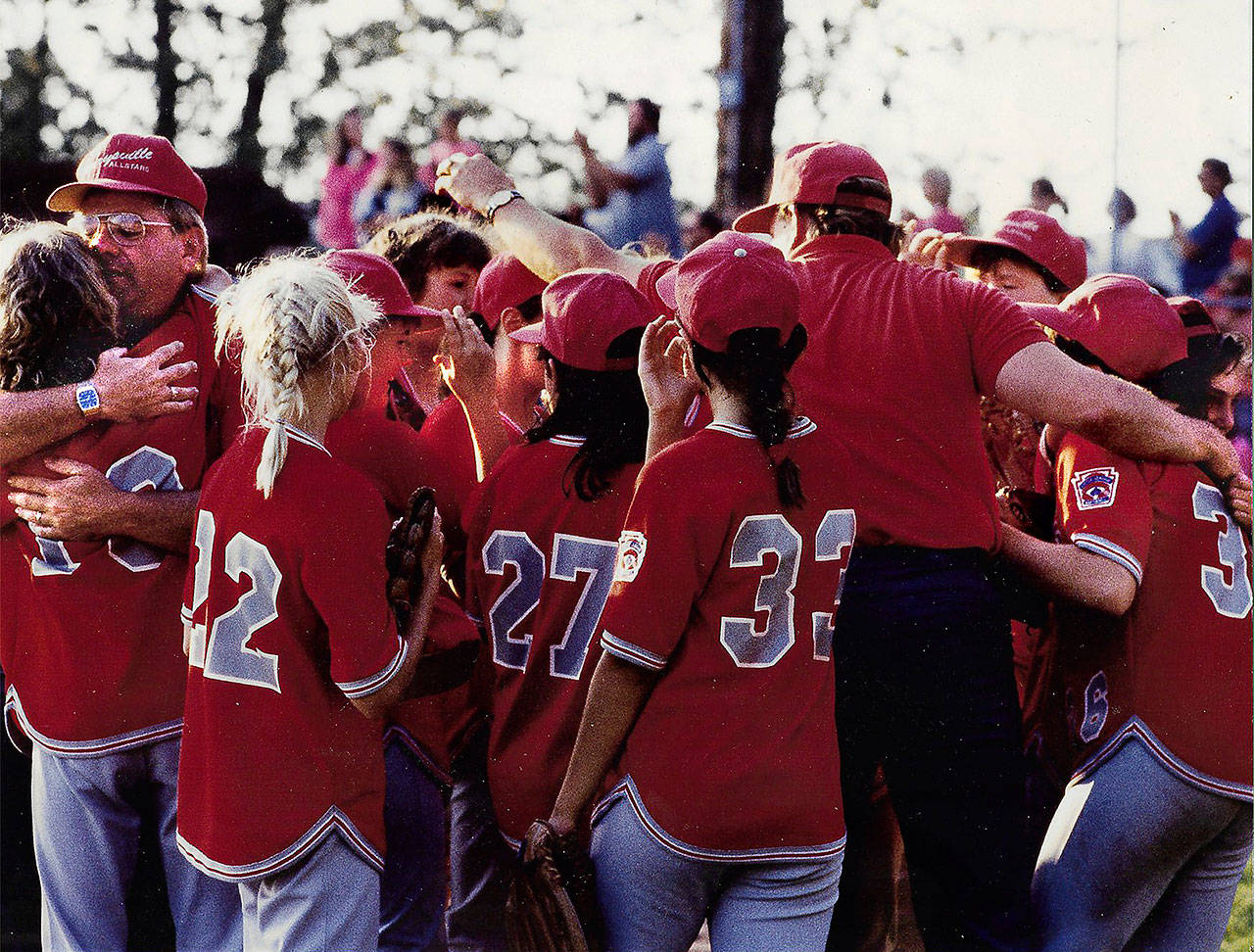By Adam Minter / Bloomberg Opinion
In March, the boy’s hockey team at Minnesota’s Hill-Murray School was on the way to defending its championship title. But on the verge of the state tournament, it got bad news: A player from a previous opponent had tested positive for covid-19. Under state rules, Hill-Murray was subject to a quarantine that would run past its first tournament match. It didn’t matter that both teams wore masks during the game, or that no Hill-Murray player spent more than a few seconds in proximity to the infected student. Hill-Murray was out.
That might sound like a reasonable precaution. Youth sports have been connected to covid outbreaks, and public-health officials have recently blamed them for spreading new variants. Yet this blame is largely misplaced: Studies have shown that covid isn’t spread on the field of play, but rather in the social gatherings associated with competition. With reasonable precautions, the games should be able to go on without asking America’s young athletes to give up an activity crucial to their wellbeing.
Sports are woven intimately into American childhood. Prior to the pandemic, 73 percent of American kids aged six to 12, and 69 percent aged 13 to 17, played a team or individual sport on a casual basis. More formal participation, such as league play, was also substantial, with 42 percent of 13-to-17-year-olds getting involved. Overall, the numbers were growing: 3.4 million kids played organized basketball in 2019, up 2 percent over 2018, and 408,000 played softball, up 12 percent.
The benefits of such participation go well beyond having a good time. Sports promote physical health, including by reducing the risk of cancer and hypertension. They also boost mental health: Two decades of research suggest that students who regularly exercise have lower rates of depression. More physical activity is also associated with improved academic performance. Perhaps more important, active kids are more likely to become active adults, and to pass along their good habits.
The pandemic interrupted this virtuous cycle. Last week, Jordan Metzl, a sports-medicine physician, told an online gathering of the American Academy of Pediatrics California that the suspension of youth sports has already taken a significant physical and mental toll. Such shutdowns have “taken away how kids define themselves,” he said, citing data on increased rates of depression and anxiety, as well a reduction in fitness levels.
If covid was being transmitted at high rates during athletic competitions, these suspensions might still be justifiable. But a growing body of evidence suggests it isn’t. The National Football League spent last season carefully tracking player movements with the assistance of the Centers for Disease Control and Prevention. After 256 games and 623,000 covid tests administered to players and staff, it found zero cases of on-field transmission. Instead, most cases were community exposures.
Youth sports are likely to be just as safe. “Most local outbreaks are due to contact in the locker room or on the sidelines or from other social engagements outside of the sport itself,” explains Dr. Jennifer Maynard, a sports and family physician at the Mayo Clinic. “The general consensus is that there are many more positives than drawbacks in getting athletes back engaged.”
State officials and school administrators should recognize that suspending youth sports won’t do much to stop the spread of covid but could very well do harm to student athletes. Above all, policy makers need to stop singling out youth sports in areas where restaurants, bars and other businesses are re-opening. A more rational approach is to acknowledge the benefits of youth sports and issue public-health guidance about the need to play them responsibly; including by wearing masks, maintaining distancing in locker rooms, limiting team social gatherings, reducing carpooling and taking other common-sense precautions.
Researchers are only now beginning to understand the pandemic’s toll on America’s youth. Addressing that damage will likely be a generational challenge. For now, let the kids take the field and play.
Adam Minter is a Bloomberg Opinion columnist. He is the author of “Junkyard Planet: Travels in the Billion-Dollar Trash Trade” and “Secondhand: Travels in the New Global Garage Sale.”
Talk to us
> Give us your news tips.
> Send us a letter to the editor.
> More Herald contact information.

























